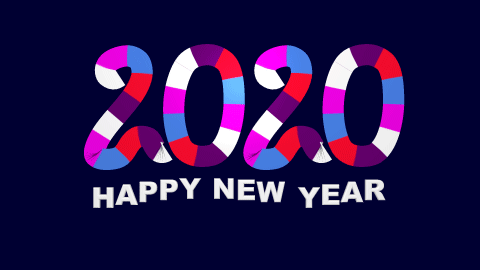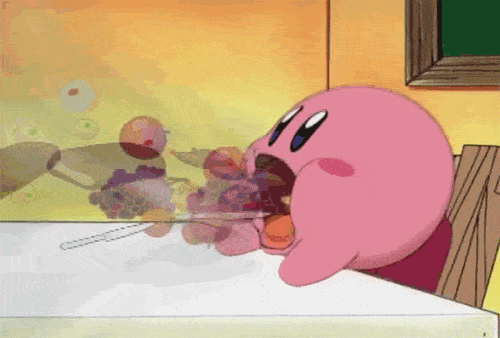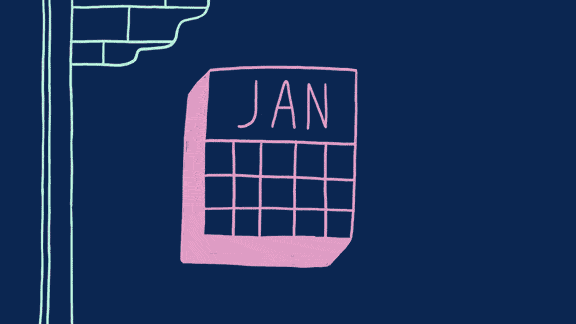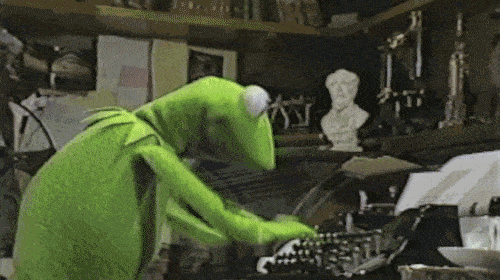- Jan 24, 2020
- 3 min read
Most recounts of self-care focus on recharging, after the day. It's about bringing back loss after spending time and energy as a currency throughout the day. With my goal of being intentional this year as well (yes, my WORD OF THE YEAR), I also thought about the flip side: intentional spending.
Here are 3 ways I've been trying out to protect time + energy boundaries
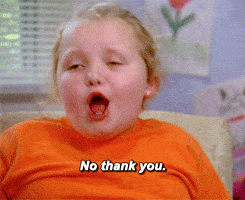
[FIRST] Say no to projects that don't align with training goals
I make this decision based on whether a project aligns with (1) my research interests and (2) my training skills
Starting out grad school meant my research interests were BROAD so for the first couple of years I focussed on taking on projects that helped me develop training skills (e.g., types of stats, techniques, etc.)
Now comes the hard part. Once you've figured out your ultimate goals, make sure you're staying true to these goals by taking on projects that fit these goals.
Remember, saying yes to something (especially something you don't really care about) implicitly means saying no to something else (which could've been THE thing you actually care about). You only 24h to your day.
As you get into upper years of grad school, develop the skill of asserting your time boundaries. [I say you but honestly this is a long internal monologue to myself, I need to set these time boundaries too] .
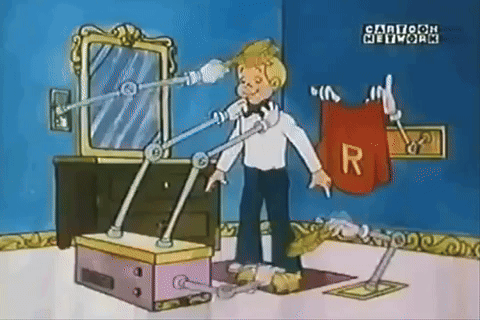
[SECOND] Automate + script anything and all things
Love coding/ scripting? This is right up your alley. Definitely automate as much of your data analysis as possible because friend, you are human, and humans make mistakes, especially humans who don't get enough sleep. Don't play yourself by analyzing ALL your data and realizing that in step 1 you entered 22 instead of 2 in a parameter and have to do it ALL over again
Automation doesn't only mean coding though! There are websites out there (like IFTTT) that take the coding out of making "If This, Then [do] That" sequences. Definitely try email templates for responding to students as a TA (consider: "read the syllabus" templates + instructions of where to find it; create a template for everything you have to write more than 3 times).
Automate your citations and references omg please: I wrote a blog post here about using the FREE MENDELEY PROGRAM available out there, and it's something I wish I could have sent to my past self. I mourn all the hours, perhaps days, I've spent on citations and references, it makes me cry.
Automate your LIFE THINGS: consider meal prep (don't have to decide meals every day or wait in lines to buy meals AND save money); having a capsule wardrobe (minimize the number of decisions you have to make in a day to prevent decision fatigue)
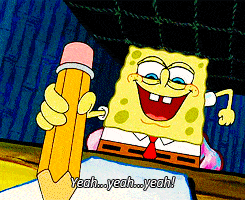
[THIRD] Document your project decisions and details
Make sure you document ALL your decisions and rationales (so you don't come back to them 2 years later because Reviewer 2 is like Why Did You Do It Like This). Human memory is fallible and even though you think you'll remember it, you'll forget at least one (1) detail
DOCUMENT ALL THE RESOURCES YOU USED so you can come back to them if you need to check something. There's nothing as painful as having to regoogle a resource/FAQ/how-to and it's no longer showing up in your google search
Documenting dates + project details also gives you an approximate but tangible look-back on how realistically (and painfully) L O N G projects can actually take, so you can use these more realistic estimates for future planning.
Why I do it: It's my long term memory outside of my real long term memory. External storage. Searchable (CTRL+F) long term memory is fantastic, trust me.
How I do it: ongoing Google Doc (dearly nicknamed Research Journal, total # of pages = 180, and I started in MSc2)

